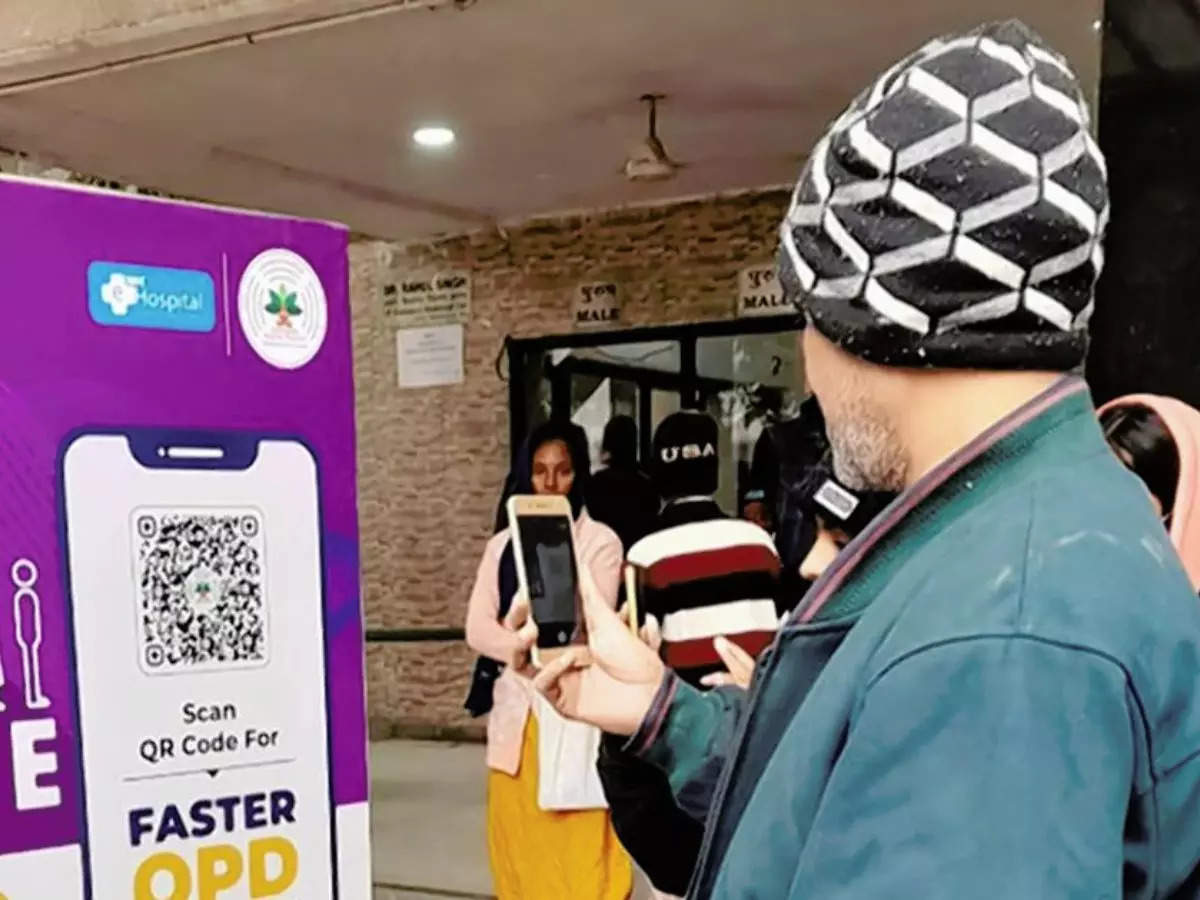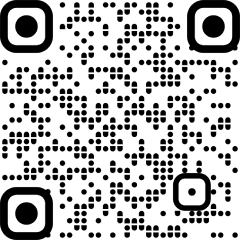
New Delhi: The National Health Authority (NHA) achieved a significant milestone of generating four crore tokens for out-patient department (OPD) registrations through the ABHA-based Scan and Share service under its mission to digitise healthcare. Launched under the Ayushman Bharat Digital Mission (ABDM) in October 2022, this innovative paperless service has revolutionised the patient experience, particularly benefiting vulnerable groups such as the elderly, pregnant women, and those with mobility challenges, by eliminating the need to wait in long queues for appointments, the ministry said in a statement.The ABHA-based Scan and Share service enables patients to conveniently register for OPD appointments by scanning a QR code displayed at the OPD registration counter and instantly sharing their ABHA profile for registration.
The Scan and Share service is operational across over 8,270 healthcare facilities spanning 579 districts in 35 states and Union Territories of India.
Notably, an average of 2.2 Lakh individuals avail of the scan and share service daily, highlighting its usefulness and popularity among the citizens. The statement said 8,270 healthcare facilities, including 5,875 public and 2,845 private healthcare facilities.
Leading the adoption journey are Uttar Pradesh, Andhra Pradesh, Karnataka, and Jammu and Kashmir.
Uttar Pradesh has generated the maximum number of tokens at 1.11 crore, followed by Andhra Pradesh with 70.35 lakhs, Karnataka with 46.61 lakhs, and Jammu and Kashmir with 41.81 lakh tokens.
The ABDM public dashboard provides insights into the service’s utilisation, with notable usage recorded at AIIMS in Delhi, Bhopal, Bhubaneshwar and Raipur. Remarkably, sixteen hospitals from Uttar Pradesh, Andhra Pradesh, and Jammu and Kashmir feature prominently in the top-performing facilities for the overall number of OPD tokens generated using ABHA-based Scan and Share service, exemplifying their dedication to enhancing healthcare accessibility and efficiency.
The government hospitals, including AIIMS in New Delhi with 18.3 lakh tokens, and those in Bhopal, Bhubaneshwar, and Raipur with 7.9 lakh, 6.1 lakh, and 5.7 lakh tokens respectively, have showcased outstanding performance by efficiently facilitating OPD registrations through the scan and share service, the statement said.
While discussing the importance of digital healthcare services, the CEO of the National Health Authority (NHA) said, “The “Scan and Share” feature for OPD registration under the Ayushman Bharat Digital Mission (ABDM) is transforming the way patients engage with healthcare services in India.”
“The Scan and Share benefits approximately 2,20,000 patients daily. By facilitating secure and quick access to comprehensive health information, it enhances healthcare delivery, ensures data security and patient privacy, and contributes to the broader goal of building a connected and interoperable digital health ecosystem,” the CEO said.
Among all the token generations, approximately 76 per cent are first-time users, while 24 per cent use scan and share for subsequent visits, highlighting its widespread adoption and usefulness.
To drive further adoption of the Scan and Share service among hospitals and Digital Solution Companies (DSCs) providing technology to healthcare facilities, NHA offers financial incentives through the ABDM’s Digital Health Incentive Scheme (DHIS) for ‘Scan and Share’ transactions and the generation of electronic health records.







